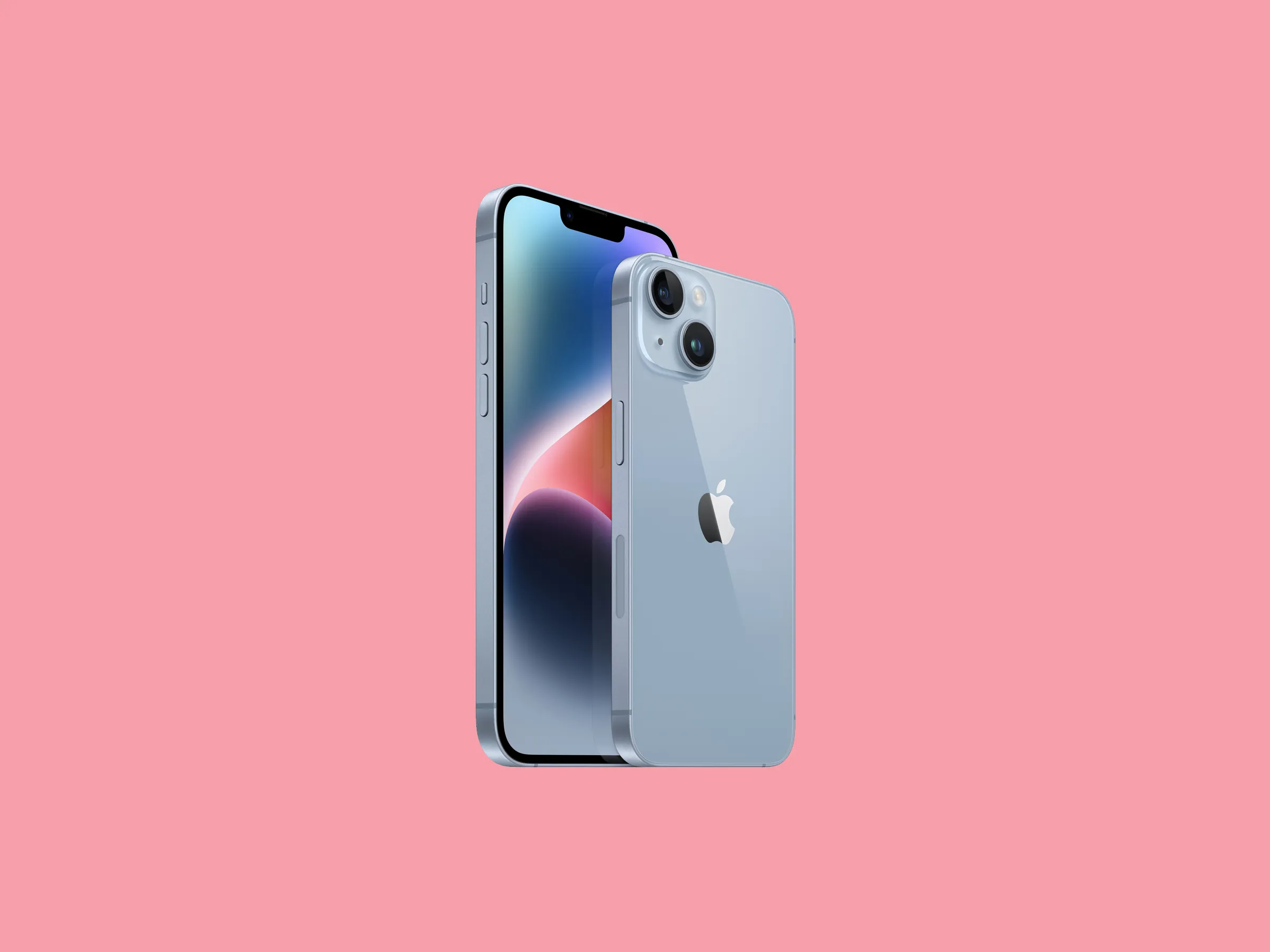
Software is a set of instructions that tell a particular computer how to perform a specific task. In comparison to physical hardware, in which the machine actually does the work and is put together piece-by-piece, software is actually a series of programs written to coordinate with each other. This also leads to software becoming more advanced with time, because new software is constantly being written and updated. The result is that software is constantly getting more sophisticated and complex as it gets updated.
So what’s the big deal about software, anyway? Well consider if you will all of the different pieces of hardware that you are currently using in your computer. For example, your desktop, laptop, printer, game console, television, all of these pieces of hardware have their own separate applications. You wouldn’t buy all of those separate pieces of hardware, then, for the purpose of using just one application on each of them. So why would you buy a piece of software, which sits on the desktop or on your laptop, when you could instead just use all of those pieces of software to do the exact same thing?
Hardware is expensive and it tends to break down over time, but as soon as you have the right application software, you can combine all of the separate pieces into a single streamlined system that allows you to use all of the hardware you have and none of the software you don’t. This is basically what modern computing consists of: operating system, device drivers, application software, browser software, and so on. In terms of how the OS and device drivers interact with each other, for example, the operating system will be the “front-liner”, needing to handle all of the communication between the user and the device drivers, and this is typically done through a variety of different communication interfaces.
One of the most important things to remember whenever considering new computer hardware is to take a look at the hardware’s specification manual, or SDK. This documentation describes all of the hardware’s features, and often includes a series of screenshots of the various aspects of a particular system along with detailed instructions on how to install them. In addition, it will list any known compatibility issues with the system software of the computer. Many manufacturers will indicate if a particular device driver will not work with their OS before you buy it, and these problems can be quickly and easily identified. In fact, many times it is possible to simply download and install the latest driver updates for free through the manufacturer’s website.
There are several operating systems on the market today, including Windows 2021, Windows XP, and Windows Vista. Each has a different start up environment, with different default programs and boot up sequences. Many embedded systems run on these same OSes; however, as embedded systems continue to grow in popularity, more embedded systems are being produced for Windows. This means that the vast majority of embedded systems sold will not support Vista, unless the user has either bought an updated copy of that OS or has been able to obtain and install the appropriate drivers. However, by running an OS that is not supported on the computer being used to view images, the image viewer will run correctly and will display the correct information on the screen.
The two main types of Windows images are “active” and “restored”. An active Windows image is one that has been completely uninstalled and is actually functioning; however, most people prefer the older image restoration method. With an active image, you will need to load up the OS and perform a variety of disk diagnostics and repair operations in order to see what exactly is damaged inside your hard drive. Once you have found the problem, the appropriate repair tools will be able to fix the errors automatically for you.








